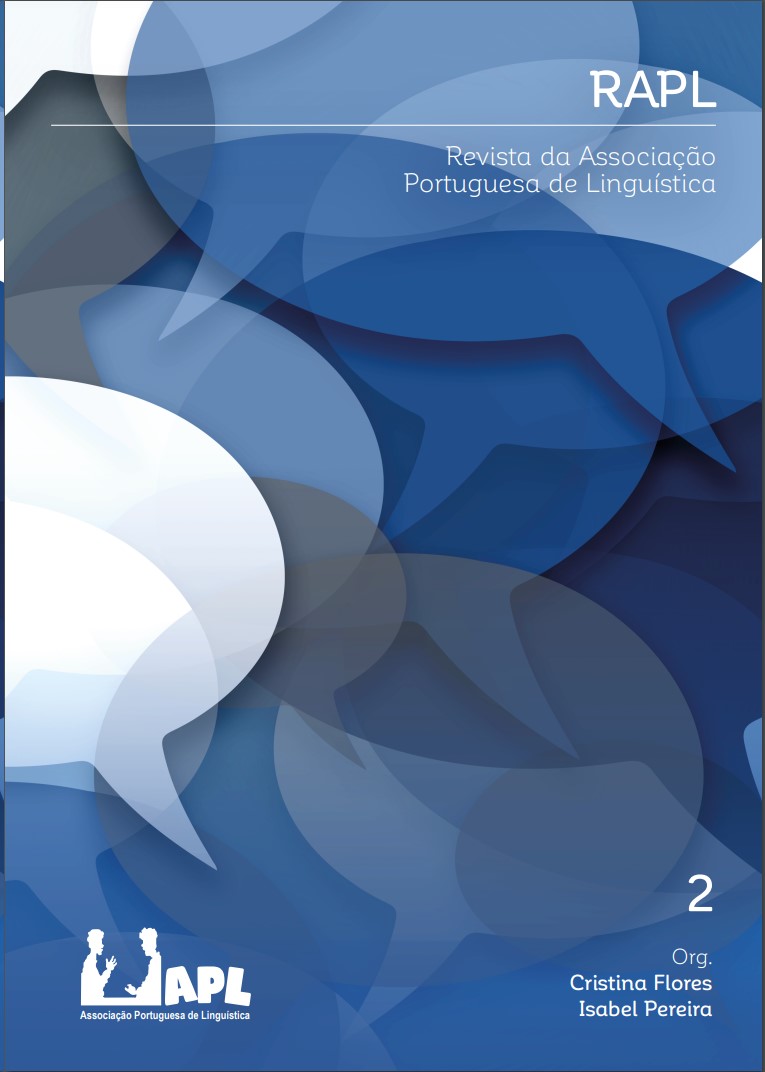X0 movement in children with cochlear implants: evidence for syntactic deficit in cases of late input
DOI:
https://doi.org/10.26334/2183-9077/rapln2ano2016a9Keywords:
X0 movement, syntactic deficit, hearing impairment, cochlear implant, language acquisitionAbstract
Orally trained hearing impaired children with hearing aids and cochlear implants show general syntactic deficit in constructions involving movement (passives, wh-questions and relative clauses) as a result of their late exposure to linguistic input (Friedmann & Szterman, 2006). In this paper, we explore XP movement in wh-questions and X0 movement in verbal answers and in clitic production in cochlear implanted children’s spontaneous speech. The results show that these children have no problems with wh- movement but show difficulties with X0 movement, revealing a possible difficulty with a type of movement that takes place at the PF interface.
Downloads
Downloads
Published
How to Cite
Issue
Section
License

This work is licensed under a Creative Commons Attribution-NonCommercial-ShareAlike 4.0 International License.
Authors retain copyright and concede to the journal the right of first publication. The articles are simultaneously licensed under the Creative Commons Attribution License, which allows sharing of the work with an acknowledgement of authorship and initial publication in this journal.
The authors have permission to make the version of the text published in RAPL available in institutional repositories or other platforms for the distribution of academic papers (e.g., ResearchGate).




